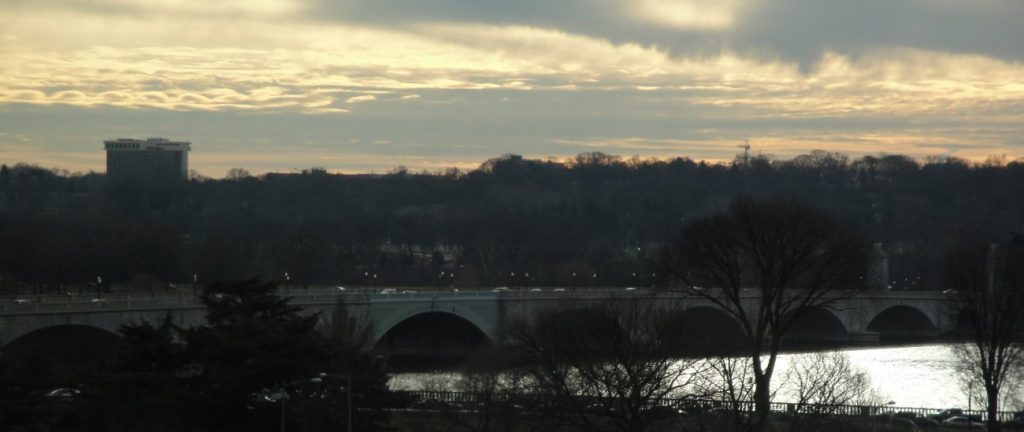IIP is consulting with FSI to produce a course on new and social media. I am doing the keynote plus and intro. Below is what I plan to say. Here is a link to the PowerPoint presentation on social media:

Not a “how-to” course
You will learn to use new/social media more effectively in this course, but this is not a “how-to” training. The beauty of the new/social media is that it is fairly easy to learn how to use. The challenge is how to use it in the context of effective public diplomacy and the new/social media’s ease of use and very ubiquity complicate the challenge. We are tempted to just start driving down the road, but it is a good idea to look at the roadmap first to figure out where we want to be and how best to get there
For our next trick
We used to ask “what are the parts of the new media?” We identified Facebook, Twitter, Flickr and others and figured out how to use them. Some of us got very good at sending out tweets and finding friends on Facebook. It is very impressive to reach thousands of people with the push of a key, but what are you accomplishing? When we first got into the new media, just getting there was hard and it was accomplishment enough. But we have moved beyond that. If we used to ask about the parts of the new media, the question now is, “what is the new/social media part of?” You will not learn a “Twitter strategy.”
Public diplomacy professionals should no more have a Twitter strategy than a carpenter should have a “hammer strategy.” Like the carpenter, we want a toolbox filled with the best equipment available and we have a building strategy that uses the appropriate tool or combination of tools to get the job done.
The human equation
This is the place where I genuflect toward public diplomacy’s patron – Edward R Murrow – who said that our technologies can bridge thousands of miles, but that persuasion takes place in the last three feet, i.e. the human space. We are always talking to humans and must consider human behavior, preferences and limitations and there are many that affect us. They will differ in various cultures and in various times. We also have to understand that our own actions may fundamentally change the challenges we face.
It is a kind of public diplomacy game theory. The very fact that we are acting changes the environment where we do our things.
A learning organization
This is why we need you and this is why I need you to participate in the talks. There really are no experts in this field, or put differently the actual practitioners, i.e. YOU are the experts. Unfortunately, none of you, none of us, has the complete picture. But we all have some pieces.
How this course is designed to be a little different
We want to pick up some of those pieces. We want to help make State more of a learning organization. Individuals learn, but in order to become a learning organization we have to harvest and synthesis the knowledge of our individual members. Tomorrow Bill May and I will lead a discussion session. I am sure many of you have been in “open discussions” where you know they have a particular goal where you will reach the received wisdom. Less devious trainers sometimes even have the final conclusions written on the flip chart, to be revealed when the group reaches the correct gate at the city of knowledge.
We will try to guide the discussion but we REALLY do not have a goal in mind; more correctly our real goal is to facilitate the learning among all of us. AND we anticipate changing our approach and procedures on the basis of what we learn. If you take this course again, it will be different. And I will write up a synthesis of the results and post it on InfoCentral’s wiki platform. All of you will get the URL and all of you can continue to comment and contribute.
The picture at top, BTW, is Memorial Bridge over the Potomac.
